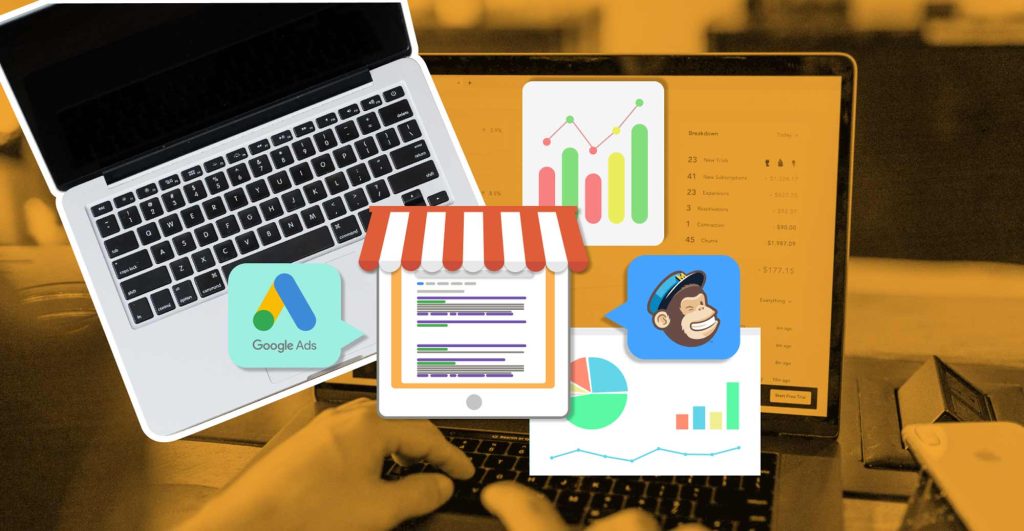In the world of digital marketing, one of the most debated topics is the effectiveness of content marketing versus paid traffic. Both strategies have their own set of advantages and disadvantages, and deciding which one is better for your business can be a challenging task.
Content marketing involves creating and distributing valuable, relevant, and consistent content to attract and engage a target audience. This can include blog posts, articles, videos, social media posts, and more. The goal of content marketing is to build brand awareness, establish credibility, drive organic traffic to your website, and ultimately convert leads into customers.
On the other hand, paid traffic involves using platforms like Google Ads, Facebook Ads, and other paid advertising channels to drive targeted traffic to your website. With paid traffic, you have more control over who sees your ads and when they see them. This can be an effective way to quickly generate traffic and leads for your business.
So which strategy is better for your business? Let’s delve deeper into the differences between content marketing and paid traffic to help you make an informed decision.
Content Marketing:
Content marketing is a long-term strategy that requires time and effort to see results. However, the benefits of content marketing can be significant. Here are some of the advantages of content marketing:
1. Builds Trust and Authority:
Content marketing allows you to establish yourself as an expert in your industry. By providing valuable content that educates and informs your audience, you can build trust and credibility with your target market.
2. Drives Organic Traffic:
One of the key benefits of content marketing is that it drives organic traffic to your website. By creating high-quality content that is optimized for search engines, you can improve your website’s visibility and attract more visitors over time.
3. Cost-Effective:
While content marketing requires a significant investment of time and resources upfront, it can be a cost-effective strategy in the long run. Once you have created evergreen content that continues to drive traffic to your website, you can benefit from a steady stream of leads and customers without ongoing advertising costs.
4. Sustainable Results:
Unlike paid traffic, which stops driving traffic as soon as you stop paying for ads, content marketing can provide sustainable results over time. By creating valuable content that is shared and linked to by others, you can continue to attract traffic to your website long after the content was originally published.
Paid Traffic:
Paid traffic can be a quick and effective way to drive targeted traffic to your website. Here are some of the advantages of using paid traffic:
1. Targeted Advertising:
With paid traffic, you have more control over who sees your ads and when they see them. This allows you to target specific demographics, interests, and behaviors to reach your ideal customers.
2. Immediate Results:
Paid traffic can generate results quickly. With paid advertising, you can start seeing traffic to your website within hours or days, depending on the platform and your budget.
3. Scalability:
Paid traffic offers the potential for rapid scalability. By increasing your ad spend, you can reach more people and generate more leads and sales for your business.
4. Measurable Results:
Paid traffic provides detailed analytics that allow you to track the performance of your campaigns in real-time. This data can help you make informed decisions about where to allocate your advertising budget for maximum ROI.
Which Is Better?
While both content marketing and paid traffic have their own set of advantages, the best strategy for your business will depend on your goals, budget, and resources. In general, content marketing is a long-term strategy that can provide sustainable results over time. Paid traffic, on the other hand, offers immediate results and the potential for rapid scalability.
Ideally, a combination of both content marketing and paid traffic will yield the best results for your business. By creating high-quality content that attracts and engages your target audience, you can build a solid foundation for your digital marketing efforts. And by using paid traffic to drive targeted traffic to your website and complement your content marketing efforts, you can maximize your reach and conversions.
In conclusion, the debate between content marketing and paid traffic is not a matter of which strategy is better, but rather how to leverage the strengths of both to achieve your business goals. By understanding the advantages and disadvantages of each strategy and creating a comprehensive marketing plan that combines the two, you can maximize your results and grow your business online.

